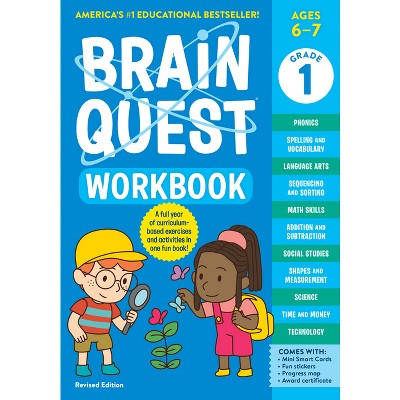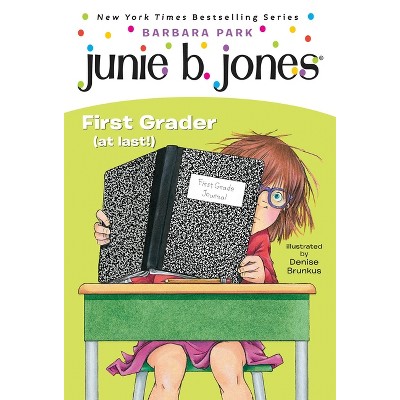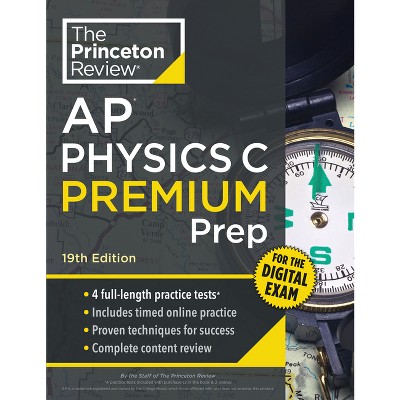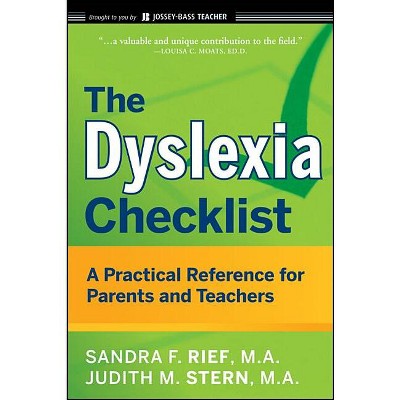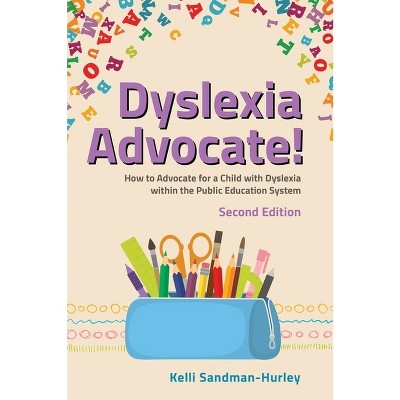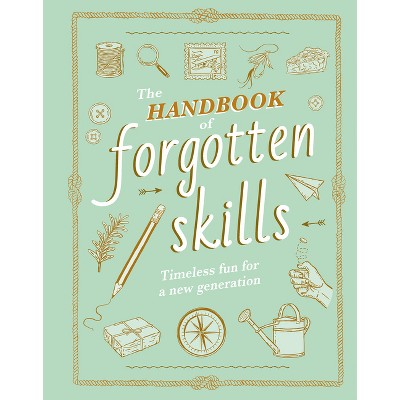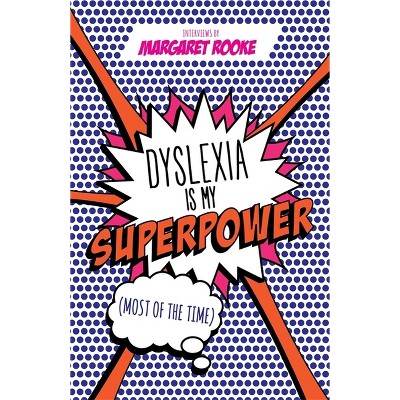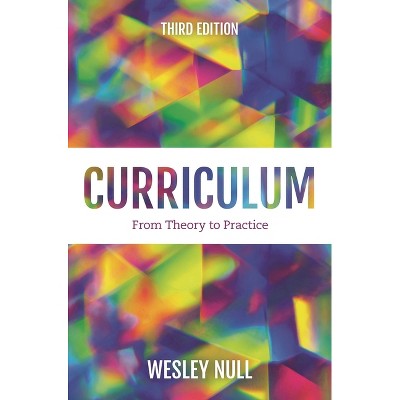Sponsored

Unraveling Dyslexia - (Special Education Law, Policy, and Practice) by Kristin L Sayeski
In Stock
Sponsored
About this item
Highlights
- Despite being the most common learning disability, dyslexia is widely misunderstood.
- About the Author: Kristin Sayeski is an associate professor in the Department of Communication Sciences and Special Education at the University of Georgia.
- 226 Pages
- Education, Curricula
- Series Name: Special Education Law, Policy, and Practice
Description
About the Book
Despite being the most common learning disability, dyslexia is widely misunderstood. In this book, Sayeski and Chandler translate research from neuroscience, cognitive psychology, linguistics, and education into bite-sized, actionable guidance for teachers and parents to follo...Book Synopsis
Despite being the most common learning disability, dyslexia is widely misunderstood. In this book, Sayeski and Chandler translate research from neuroscience, cognitive psychology, linguistics, and education into bite-sized, actionable guidance for teachers and parents to follow to put kids on the path to reading.
Review Quotes
The extensive and well-documented historical background adds to the credibility of "Unraveling Dyslexia." The myths and misconceptions are clearly unravelled, giving the reader a well-balanced and structured approach and understanding of how a child learns to read and the fundamental approaches to teaching reading. A must read for reading instructors!
I've not seen another text to this point that does such a good job of encompassing all of these critical elements. There seems to currently be an either-or approach to texts on literacy instruction such that one text is about Dyslexia and the history and causes while another text is about the evidence-based instructional practices for teaching reading. The combination of them in this book makes the information accessible and easy to implement.
Kristen L. Sayeski fulfills a promise in successfully unraveling many of the complex components and layered intricacies on matters related to dys-(difficulty) with -lexia (words) or dyslexia. This book not only serves as an indispensable resource for educational practitioners but also spells out a plan for action and advocacy in support of students with dyslexia and their families.
Sayeski's Unraveling Dyslexia is the consummate source for the most comprehensive information on dyslexia to date. Sayeski has masterfully created a resource for both readers just embarking on learning about dyslexia and those who think they have it unraveled. Chapters segue seamlessly from one to the next like a narrative, and the chapter conclusions helpfully consolidate the information and reaffirm the insights. Sayeski offers a historical review of written language development and reading instruction. She describes the multidimensional complexities of reading, theoretical models of reading, and the individual differences in readers that influence reading trajectories and instructional decision-making. She brilliantly demystifies structured literacy, addressing both word recognition and language comprehension, as depicted in the Simple View of Reading model. Masterfully, Sayeski incorporates the neuroscience of the reading brain, phonology, grapheme-phoneme correspondence, comprehensive phonics, orthography, text types, semantics (vocabulary and morphology) knowledge-building, and discourse writing, and she identifies evidenced-based approaches to instruction. Impressively, in just 200 pages, Sayeski provides a master class that does not disappoint. In addition to special education and reading instructors, book clubs and parent groups should take a look at this treasure trove. Essential. All readership levels.
About the Author
Kristin Sayeski is an associate professor in the Department of Communication Sciences and Special Education at the University of Georgia. Sayeski received her PhD in special education from the University of Virginia. Her professional and research interests include identifying exemplary practices related to teacher training and determining effective instructional practices for students with high-incidence disabilities, particularly in the areas of reading instruction and intervention.
Shipping details
Return details
Frequently bought together
